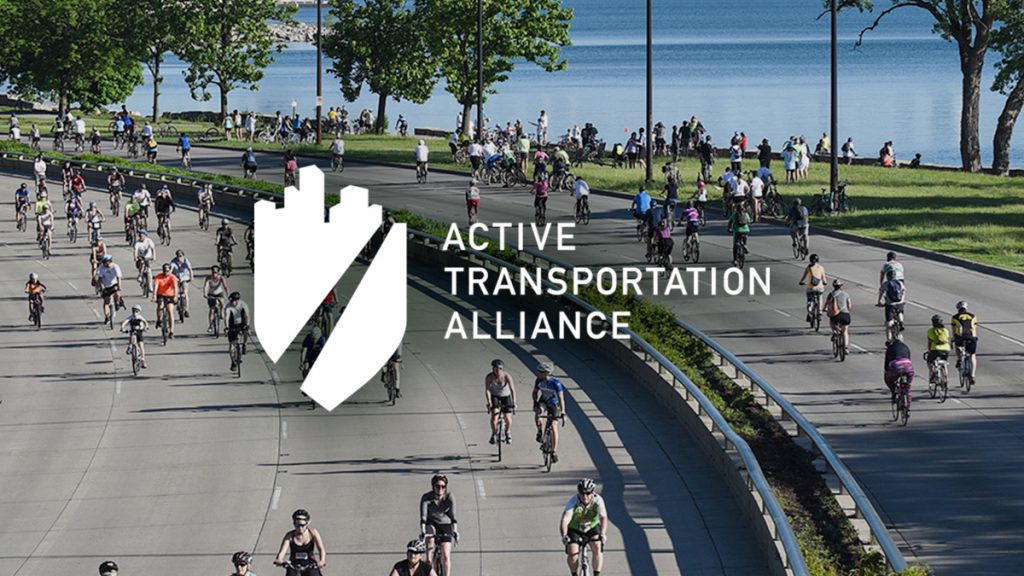If you’ve ridden down the protected bike lane on Kinzie Street recently you may have noticed that a significant number of the flexible posts have been removed. The removal comes almost one year after first being installed and follows suit with what other cities like New York have done.
On some sections of the protected lane, the flexible posts are now just spaced further apart. In other sections, like in the photo shown here, posts remain only at intersections or crosswalks to help guide cars to their lane, but leaving some mid-block stretches of the lane with no posts.
Perhaps the most important thing to keep in mind from a safety perspective is that the lane of parked cars remains as a physical barrier separating people on bikes from moving traffic, and posts also remain where there are no parked cars.
While there have been some reports of cars parking in the bike lane, the Chicago Department of Transportation (CDOT) is monitoring the situation daily. If you see cars parked in a bike lane, you can report them to the police.
The fact that CDOT is comfortable enough to remove some posts is a sign that drivers, bikers and pedestrians alike have become accustomed to the protected bike lane. Also, fewer posts cuts costs and is less intrusive on the roadway.
Actice Trans has heard some concerns from the public and from aldermen that the posts add too much clutter to the street. Some people find them confusing and unsightly. If the same safety improvement can be achieved with fewer posts, then this can be a great example of less being more.
Protected bike lanes will still provide protection for people on bikes and will become a staple of roadway design in Chicago in the years to come. The fact that users of Kinzie Street have adapted as quickly as they have is a positive sign of things to come.

